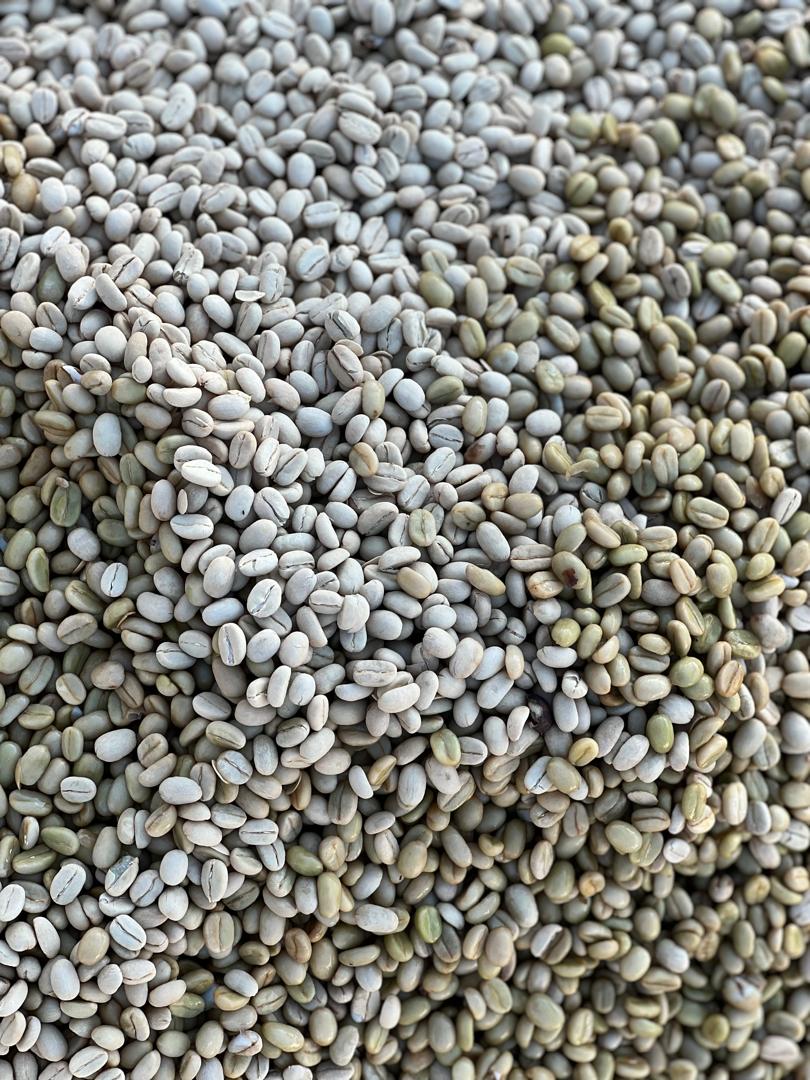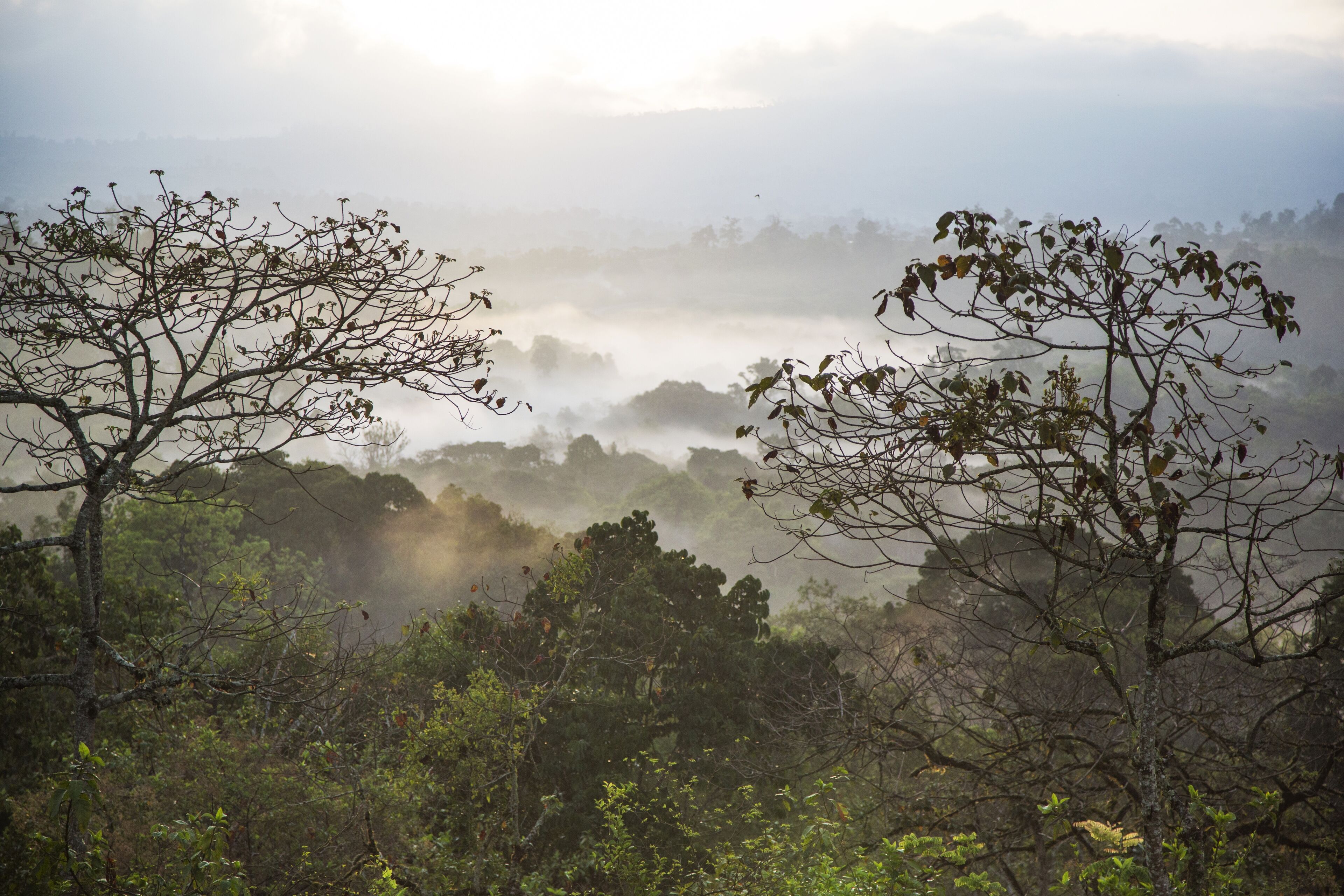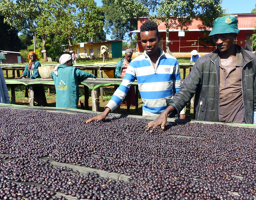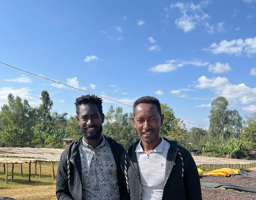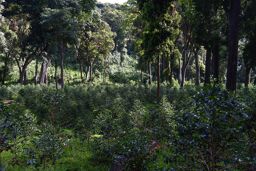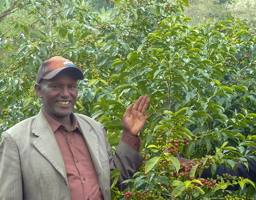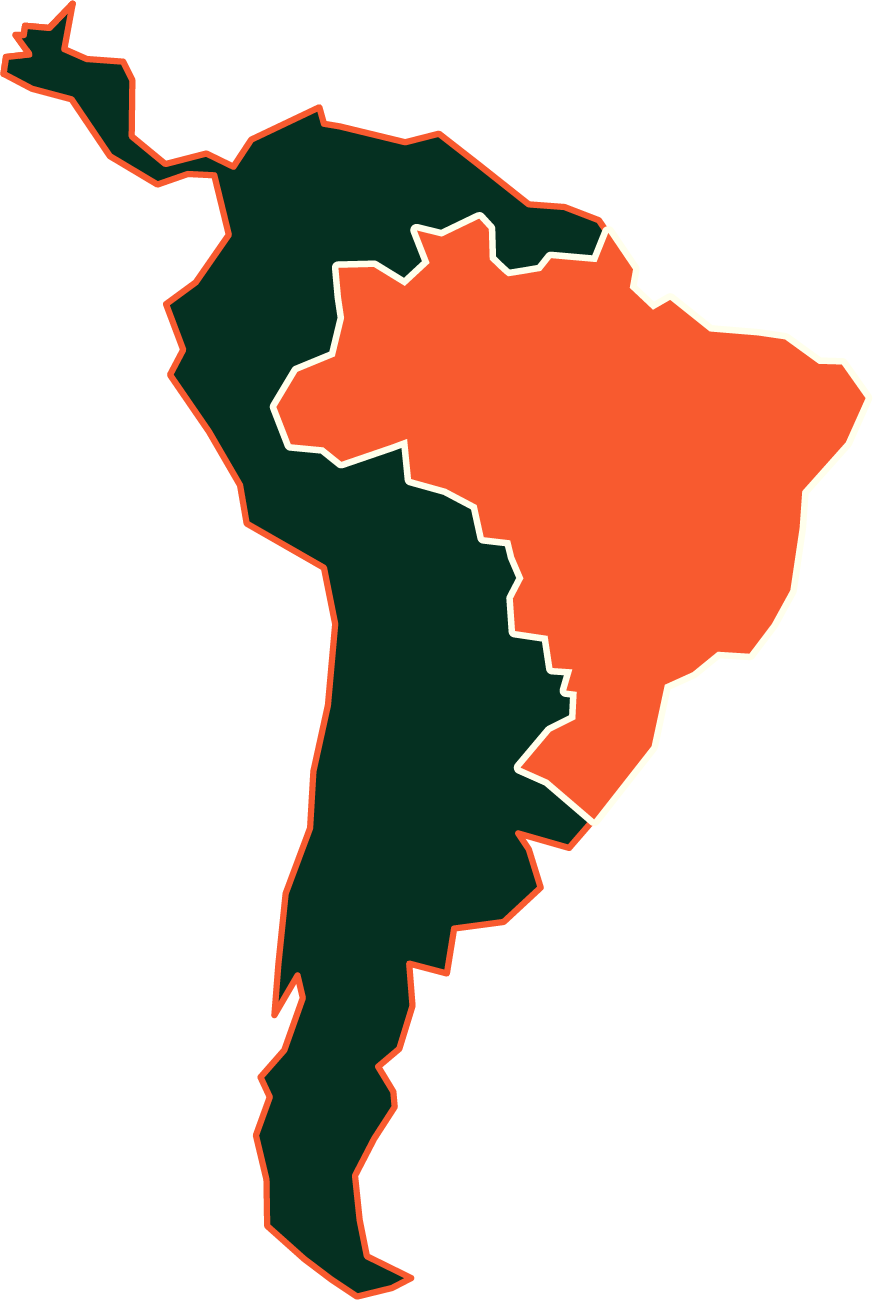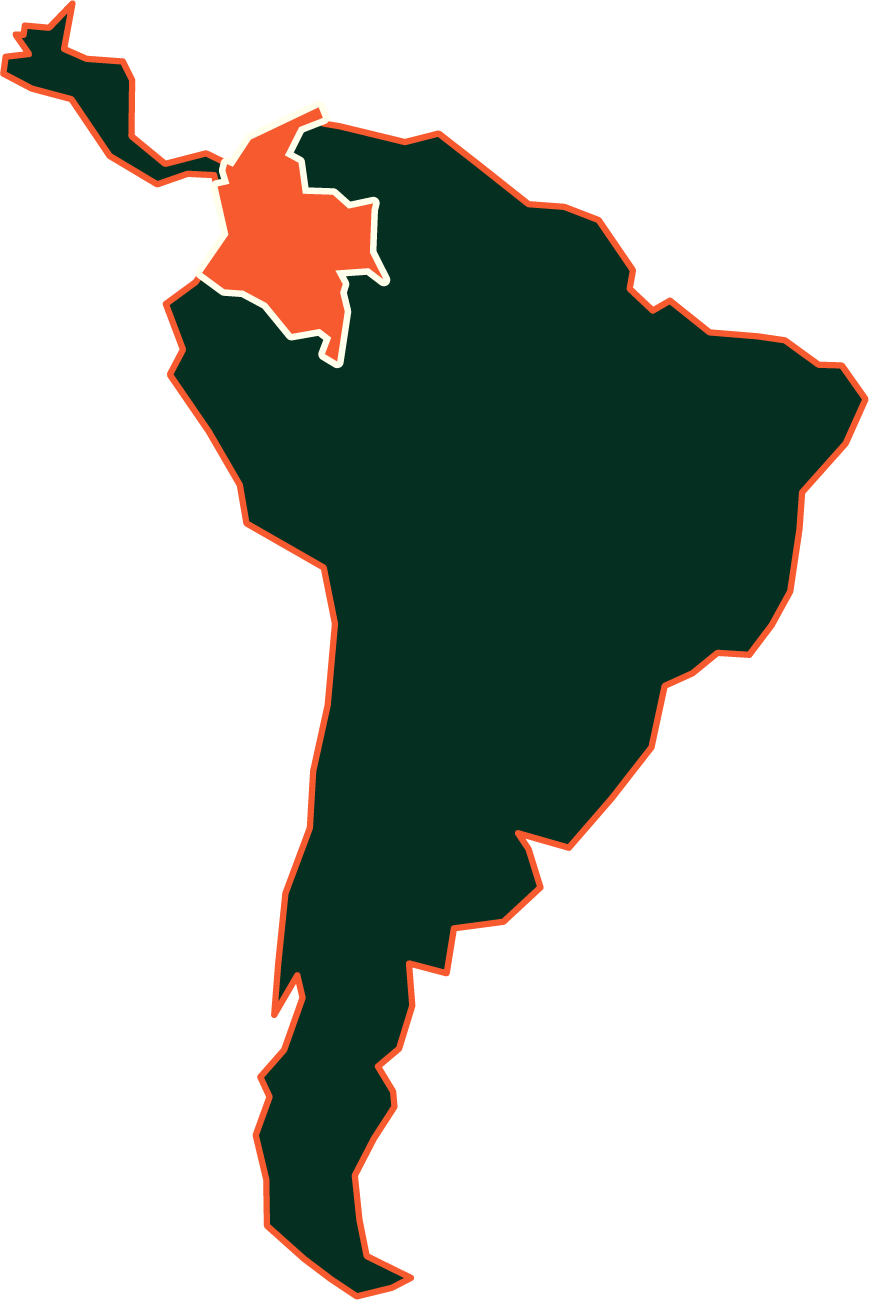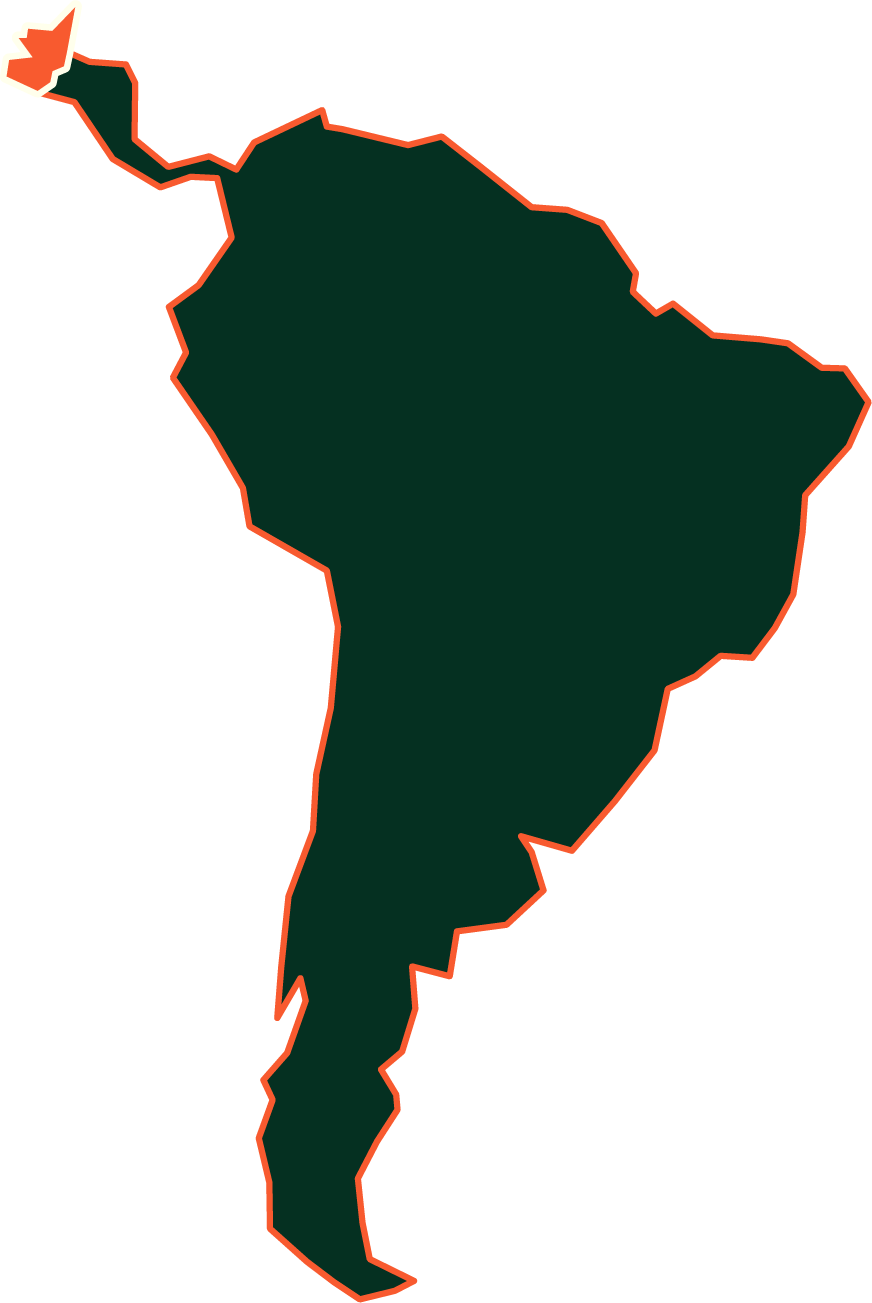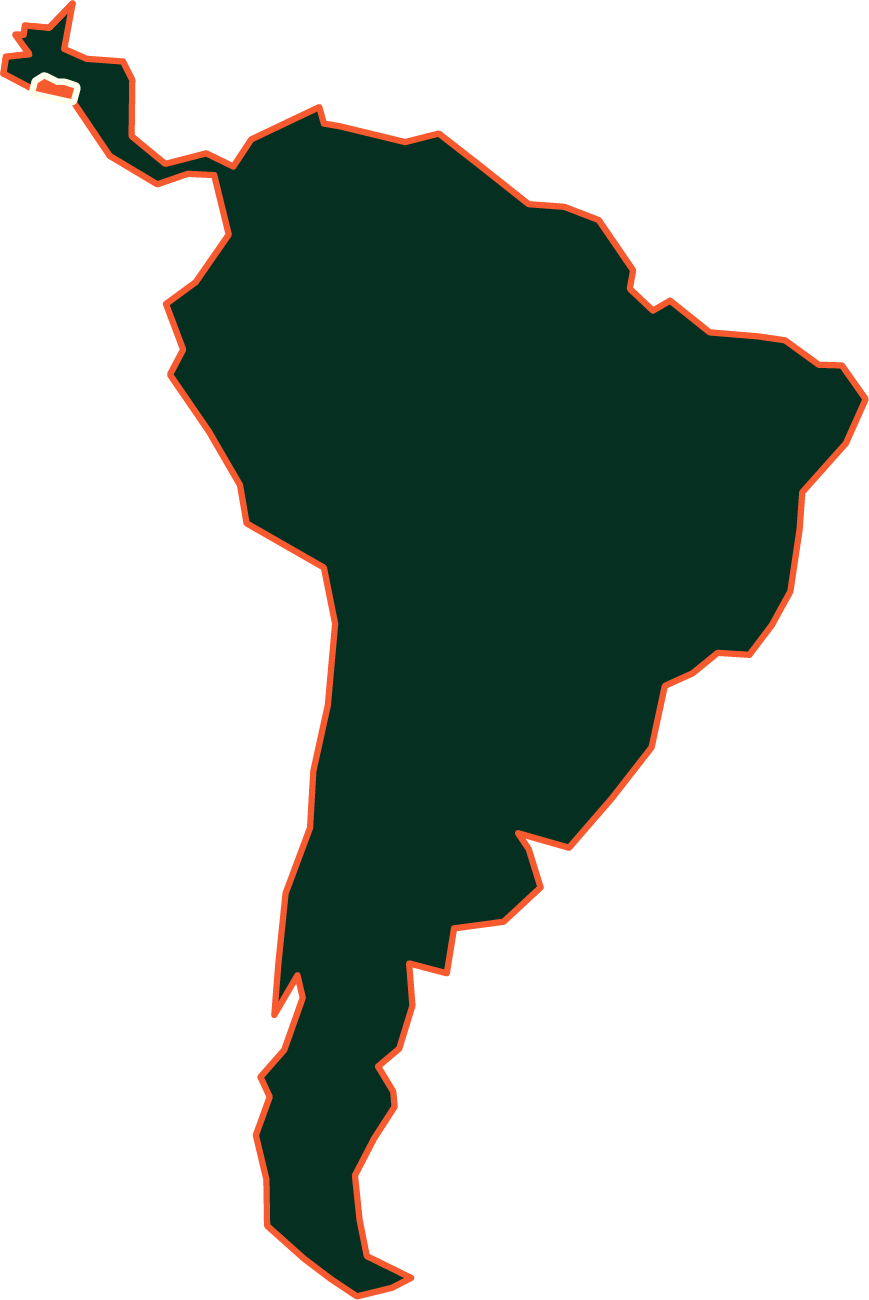
Ethiopia
Identity record
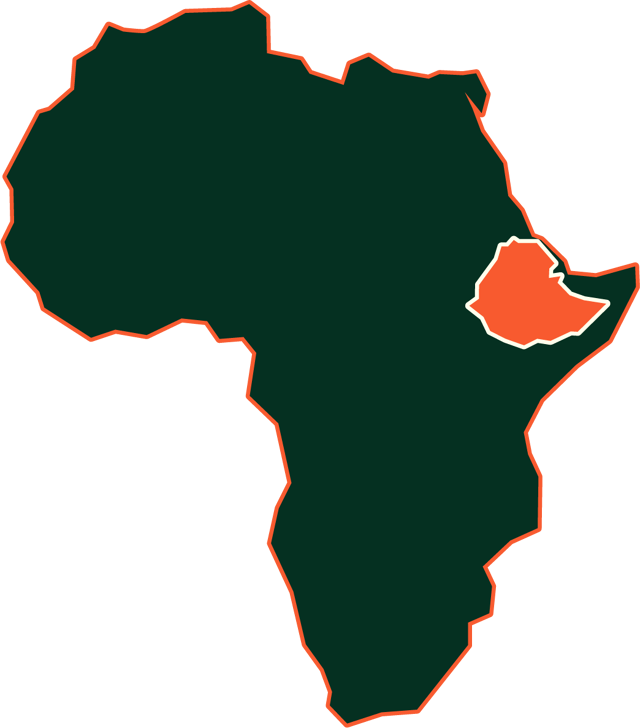
Capital city
Addis Ababa Coffee area
590,000ha Average farm area
5ha Geography
Highlands and primary forest Harvest period
October - January Number of coffee growers
15000000 Number of people living from the coffee industry
25000000 Number of harvests per year
1 Bag production per year
8300000 Main varieties
74110, 74112, 74140, Geisha, Heirloom, Wush wush
Coffee production areas
Click on the area you want to observe

West Arsi
Arsi is a region of the Ethiopian highlands culminating in Mount Chilaro and Mount Gugu. The terrain forms the southern end of the Great Rift Valley between the Bale Massif and the Amhar Mountains. To the northwest, the province is bordered by the Great Rift Valley and its lakes, notably Lake Coca and Lake Ziway on the Awash River.

Guji
The origins of coffee in Guji go back several centuries, with wild varieties growing naturally in the region's forests. Local communities, mainly of the Oromo ethnic group, used coffee in their traditional practices long before it was commercially exploited.
For a long time, the Guji appellation was included in the Sidama appellation. In order to better distinguish the quality of the coffee produced here, this designation was separated by the Ethiopian authorities in the 2000s. This new designation makes it possible to refine the traceability of Ethiopian coffees and, above all, to better reflect their quality in terms of taste and typicality in the cup.
Today, the Guji appellation produces some of the finest coffees in the world. Coffee here is an ancient crop, grown on hilly plateaus in a dense forest or semi-forest environment, where the diversity of endemic species provides optimal shade for the coffee trees and contributes to the fertility of the soil.

Harrar
The Harrar region, in eastern Ethiopia, is characterised by its high plateaux and hills with a semi-arid climate. This historic area is famous not only for its fortified town, a UNESCO World Heritage Site, but also for its unique coffee. Harrar coffee is renowned for its rich aroma, fruity notes and balanced acidity, offering a remarkable harmony of leather and dried fruit aromas in the cup.
Harrar's coffee heritage is deeply rooted in local culture, with growing and processing practices handed down through generations.
These traditional methods contribute to the signature flavour of the region's coffee. Although Harrar's economy remains largely dependent on coffee production, the sector has seen a decline in recent years, facing competition from the more lucrative qat crop. Despite its increasing scarcity, Harrar coffee retains its popularity thanks to its organoleptic profile.
Coffee production in Harrar is mainly carried out by small family farms in a magnificent landscape where coffee trees are planted in orchards and grown alongside other crops.

Jimma
Jimma is a land of coffee origins. This appellation benefits from a rich natural environment where coffee grows mainly in the shade of large endemic trees, in the heart of the forests. The coffee produced here offers fine quality cups and an inspiring agricultural model. Yet this appellation has been a little slow to join the international speciality coffee scene. The work of local producers and the organisation of these coffee growers has revealed the potential of Jimma coffees, ensuring traceability and quality.
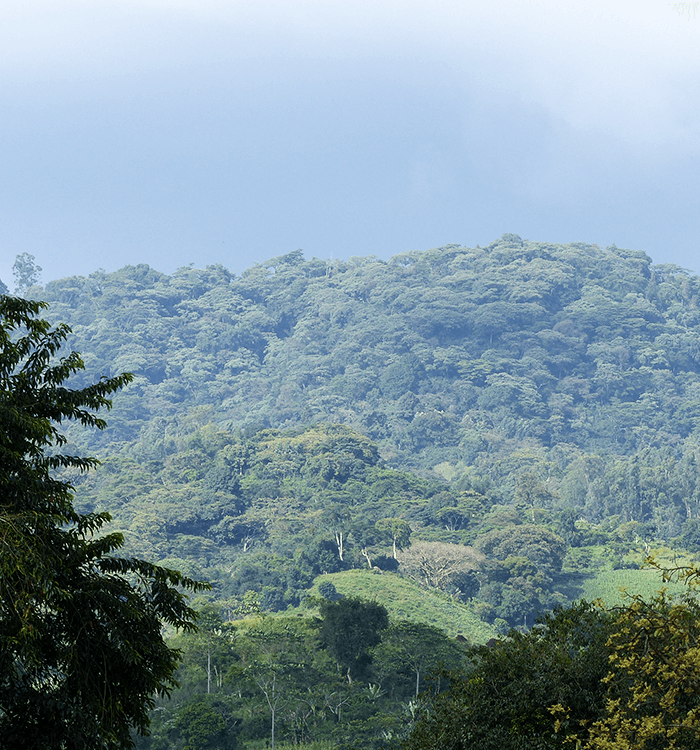
Kaffa
Well-known for its natural biodiversity and Arabica coffee, Kaffa has been designated a biosphere reserve by UNESCO. Tropical forests cover most of Kaffa. It is said that the Kaffa people of south-west Ethiopia were the first to cultivate coffee. The administrative town is known as Bonga.
The best-known varieties, originally from Kaffa, are Geisha and Wush wush. A little anecdote: the village of Buni (Decha district of Kaffa) is said to have given rise to the Amharic word Buna or Arabic Bun, meaning coffee. This region is famous for its spices (pepper, maniguette, etc.) and honey. A product which, like coffee, is closely associated with high-altitude tropical forests.

Sidama
The area covered by the Sidama appellation is very large, stretching over 500 km: the coffees have very different profiles! Sidama is the name of the appellation, but above all it is the name of the people of southern Ethiopia. Sidamo is a negative term used by people from the north to refer to the Sidama people of the south.

Yirgacheffe
The Yirgacheffe appellation covers a limited area. It is characterised by low production volumes but high perceived quality. Yirgacheffe is the name of a town with a population of several tens of thousands. The production areas are Yirgacheffe, Kochéré, Wenago and Gelena Abaya.
Harvest periods
| Region | January | February | March | April | May | June | July | August | September | October | November | December |
|---|---|---|---|---|---|---|---|---|---|---|---|---|
| West Arsi | ||||||||||||
| Guji | ||||||||||||
| Harrar | ||||||||||||
| Jimma | ||||||||||||
| Kaffa | ||||||||||||
| Sidama | ||||||||||||
| Yirgacheffe |

The coffee sector from the country
The sector
The industry is segmented according to the different stages of production: growers, collectors and exporters. The growers deliver their cherries to collectors (akrabi), who own the necessary washing and drying stations to process cherries and parchment. Each collector is licenced to operate in a specific woreda (district). Growers also dry some cherries for sale to collectors of husks (djenfel), to create grade 4 and 5 natural lots. Some have their own stations and process their own cherries; these are generally farmers owning more than 35 hectares of land.
The collectors then deliver their lots to the ECX (Ethiopian Commodity Exchange) auction market, or directly to exporters under a vertical integration contract. Each grower, collector and exporter must have its own licence. It is possible for one person to own all licences.
Foreigners are not entitled to apply for a licence, but are authorised to operate as agents (Commercial Representative Office, or CRO). Those with investor status can own a plantation of at least 150 hectares and export their own production.
Geography
Ethiopia is Arabica’s country of origin. It offers a rich mix of terroirs, biodiversity and practices that are unlike any other in the world of coffee. The high-altitude rainforests in the south-western region of present-day Ethiopia are where Arabica coffee originated from. Farmers still use these forests to grow coffee, in more or less complex agroforestry systems.
The Kaffa and Yayu biosphere reserves are now protected by UNESCO. Thousands of unidentified varieties grow there. 150 have been identified, and 35 are distributed by the Jimma Research Centre (JRC). They serve as a reservoir, a bit like a savings account, from which both JRC researchers and growers can draw to manage diseases such as rust or adapt to new growing altitudes and climate change. Wild coffee trees grow in nature at altitudes of 500 to 2,400 metres.
Local farmers have used their in-depth knowledge of the forests to develop original, resilient farming systems. The Jimma-Limmu-Gera, Nekemte and Kaffa appellation areas in the south-west and the Guji and West Arsi appellation areas to the south are dominated by a semi-forest system. In southern (Yirgacheffe, Sidama) and eastern (Harrar) Ethiopia, there are mostly orchards (gardens), with varying degrees of agroforestry adoption. Coffee is grown mainly in the highlands in southern and south-western Ethiopia, at altitudes ranging from 1,500 to 2,400 metres. Harvesting often coincides with the dry season, which means that all the coffees we supply can be sun-dried on tables.
Main actors
The Tea and Coffee Authority is the Ethiopian government agency responsible for regulating the industry. It sets minimum weekly export prices, for example. All contracts are registered with the National Bank of Ethiopia and must comply with Tea and Coffee Authority guidelines.
The JRC plays a significant role in identifying varieties ans selecting, producing and distributing seeds.
Export Ports
Djibouti
Belco, Ethiopia
Belco est présent en Ethiopie depuis 2015 et l'ouverture de l'agence éthiopienne. Le point de départ était la connaissance de ce grand pays de café, terre d'origine de l'arabica. Le projet de départ était de mettre au service de la tasse et de la qualité, une compréhension et une connaissance des différents terroirs.
Nous inversions la perspective en faisant partir nos processus d'importations depuis la ferme caféière. La traçabilité occupait alors toute sa place et la connaissance du terrain accompagnait notre équipe parallèlement à un contrôle qualité et une connaissance du terrain.
L'Ethiopie abrite plus de variétés que l'ensemble des variétés à l'échelle mondiale et offre une caféiculture durable et respectueuse de l'environnement. Le pays offre des qualités et une diversité uniques au monde.
En assurant une présence continue et en mobilisant toutes les compétences nécessaires à l'importation, Belco assure un sourcing précis, soigné et de qualité.

Sourcer's word
"L'équipe Belco en Ethiopie s'est construite depuis dix ans autour de personnes passionnées et reconnues dans le monde du café. Tous, nous partageons un amour pour le produit et le pays qui a vu naitre cette plante magnifique, le coffea arabica. Toute notre expérience et nos compétences sont au service des artisans torréfacteurs souhaitant sourcer des cafés de qualité avec une traçabilité qui permet de comprendre l'environnement dans lequel sont produits des cafés de qualité. Il reste encore beaucoup de terroirs à découvrir et à valoriser en Ethiopie. Avec le soutien des artisans torréfacteurs, notre rôle est de les mettre en lumière."
Jacques Chambrillon, directeur de l'agence Belco Éthiopie
The producers
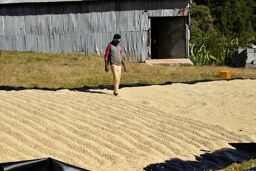
Barkume
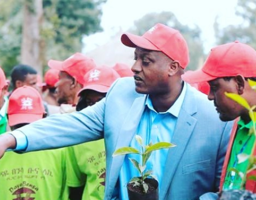
Daye Bensa

Ephrem Mulugeta

Ahmed Abateman

EDN - Ethiopian Coffee
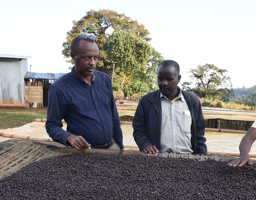
Habtamu Fekadu Aga
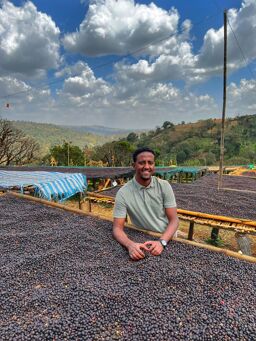
Hambella Flavor

OBOLEYAN
Shonora Coffee
TARIKU KERE
Tatmara
Guji Coffee Export PLC

Guji Highland Coffee Plantation

Khalid Shifa

Habtamu Abebe
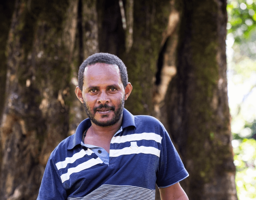
Mesfin Dabessa
Moplaco

Mustafa Mohamed Ali
Nano Challa Coop
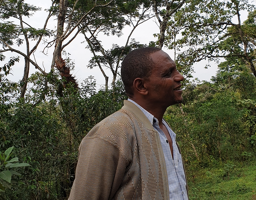
Nazimu Abamecha
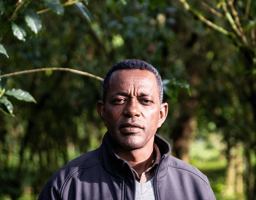
Negusse Tadesse
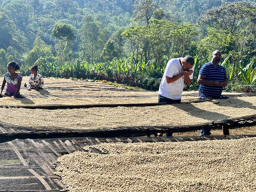
Nibret Alamu
Torban - Coopérative
Yerosati
Coffees product in Ethiopia

Exporter with over 10 years experience in the coffee sector
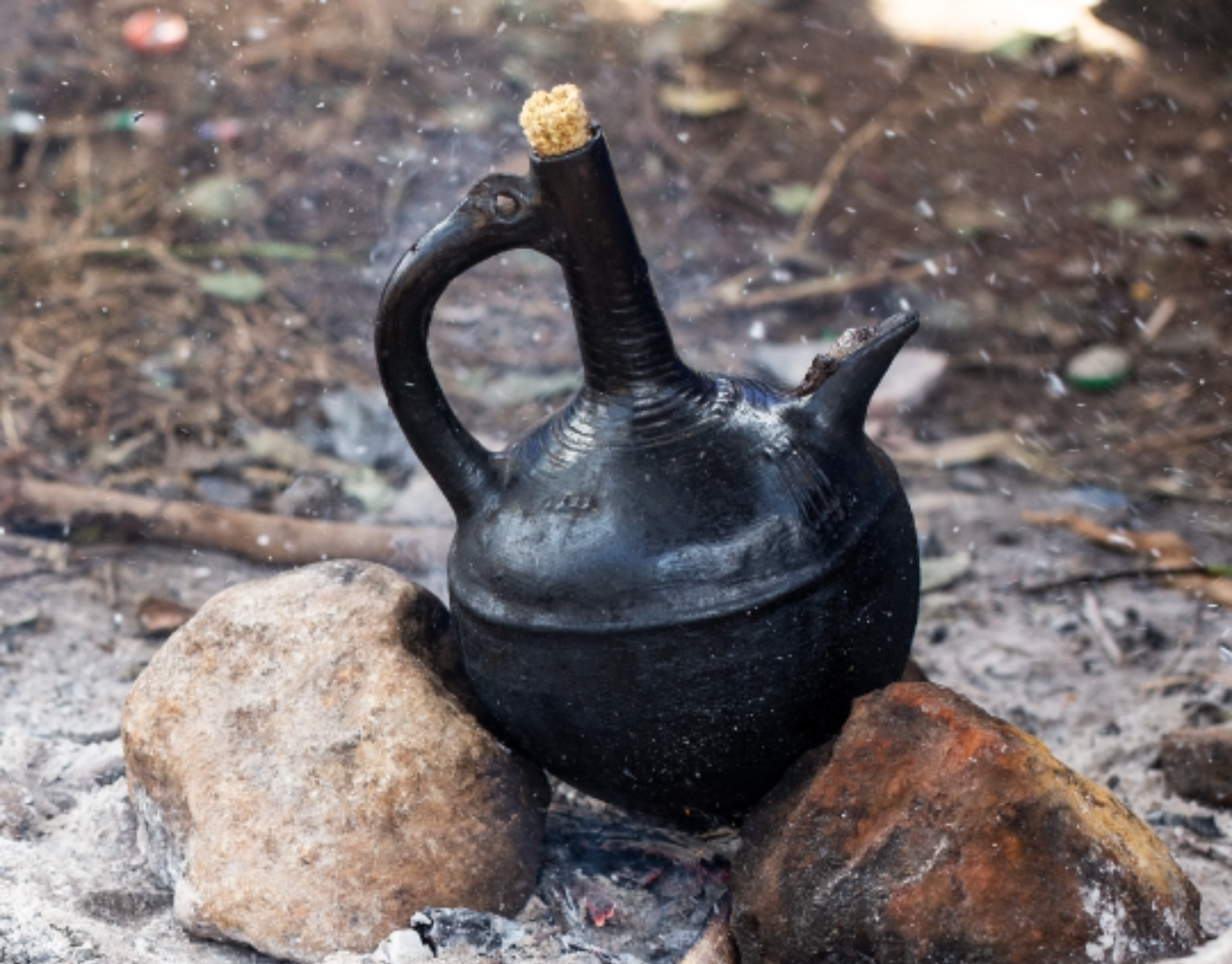
Ancient coffee cultivation

A washed coffee of Q1 quality, certified organic
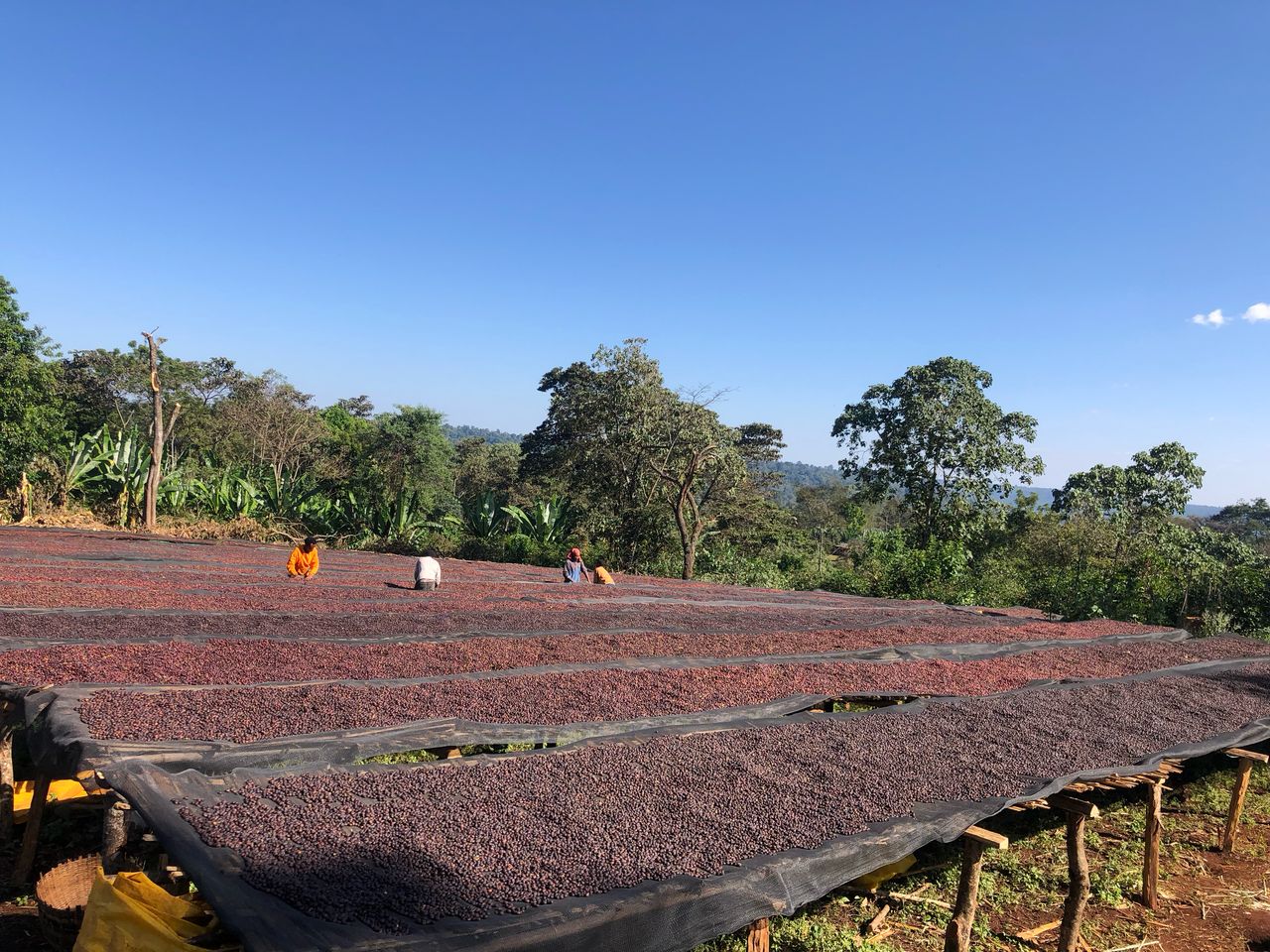
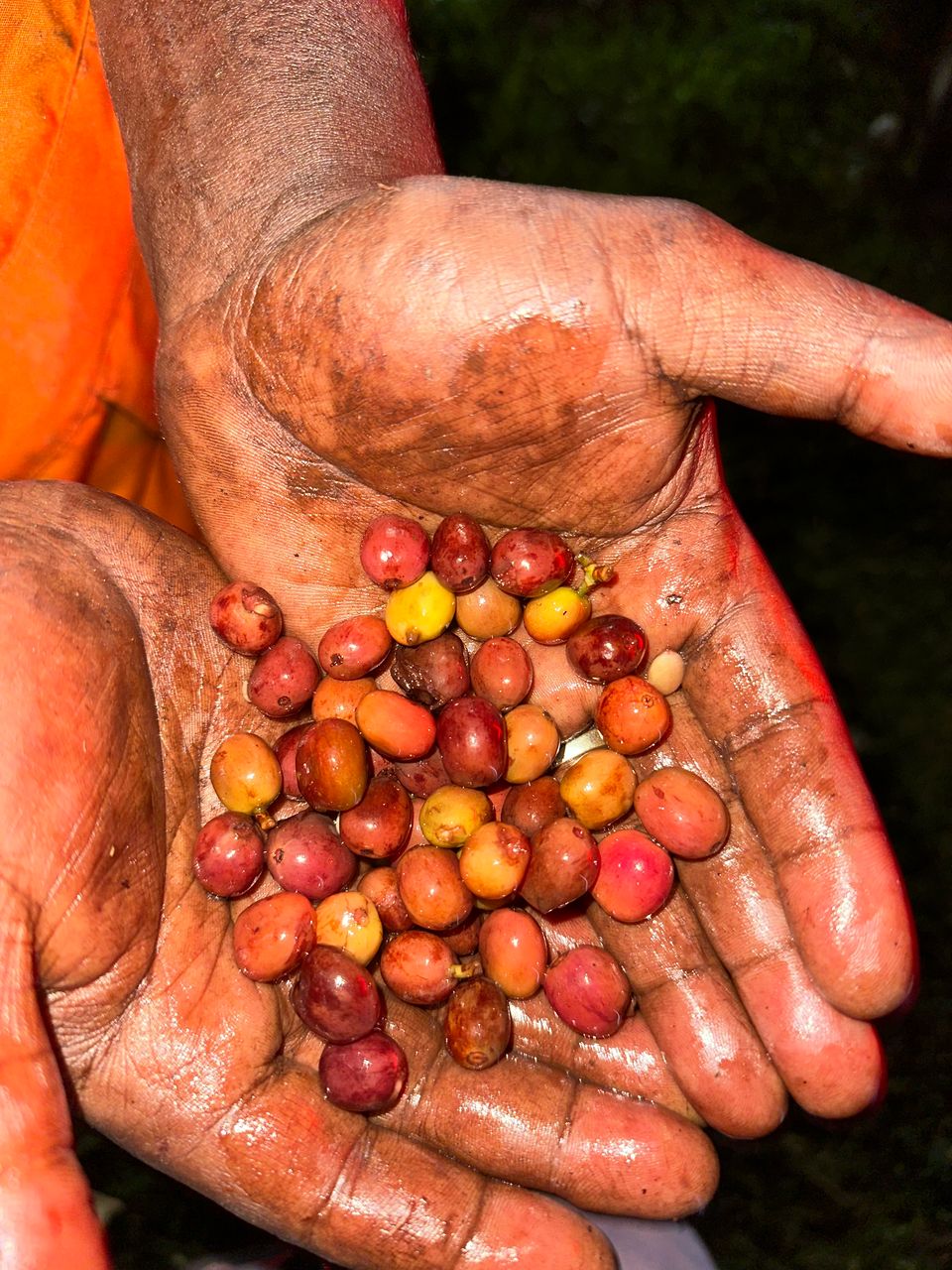
Coffee grown in agroforestry-based garden systems
